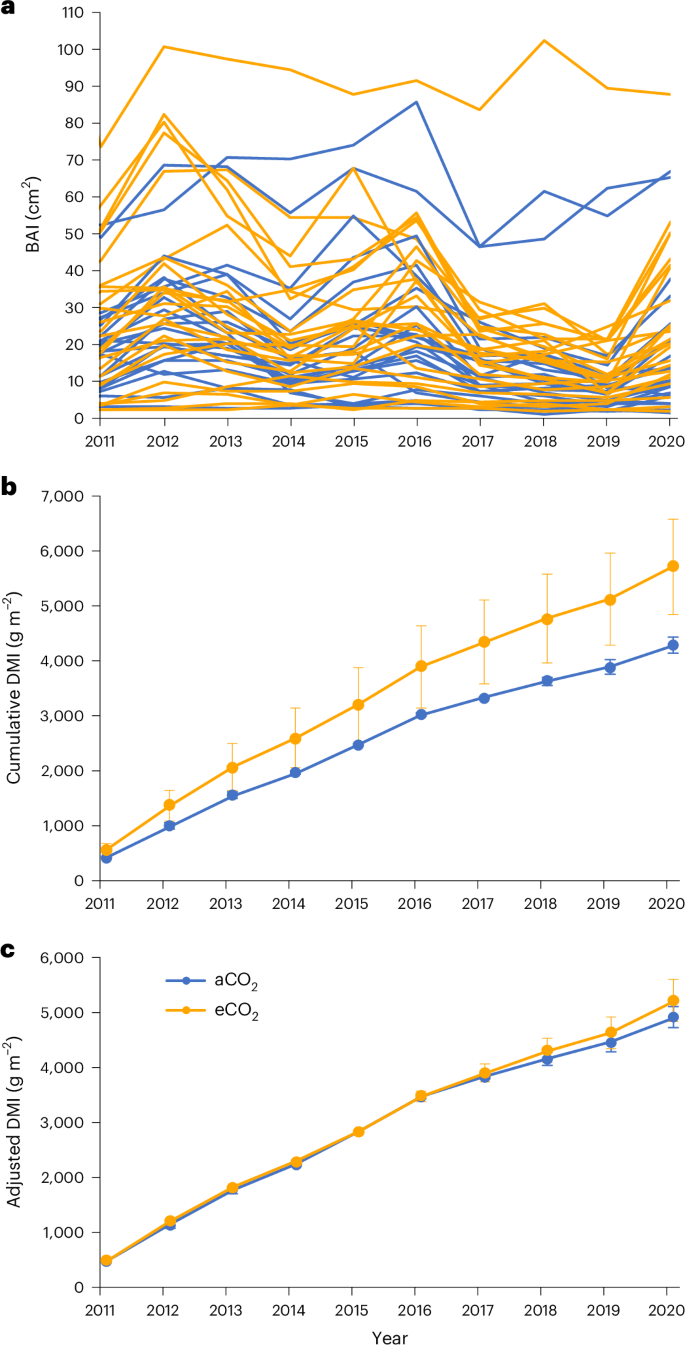2024-08-14 デラウェア大学 (UD)
 In a paper published Aug. 13 in the Proceedings of the National Academy of Sciences (PNAS), University of Delaware, Northwestern University and industry researchers report expanded understanding on how electrons move through the conductive parts of complex fluids called slurries that are found in electrochemical devices such as batteries and other energy storage devices.
In a paper published Aug. 13 in the Proceedings of the National Academy of Sciences (PNAS), University of Delaware, Northwestern University and industry researchers report expanded understanding on how electrons move through the conductive parts of complex fluids called slurries that are found in electrochemical devices such as batteries and other energy storage devices.
<関連情報>
- https://www.udel.edu/udaily/2024/august/electrochemical-performance-electron-movement-battery-Norman-Wagner/
- https://www.pnas.org/doi/10.1073/pnas.2403000121
強流動領域における凝集コロイド懸濁液中の電子輸送の定量化 Quantifying electron transport in aggregated colloidal suspensions in the strong flow regime
Julie B. Hipp, Paolo Z. Ramos, Qingsong Liu, +1, and Jeffrey J. Richards
Proceedings of the National Academy of Sciences Published:August 13, 2024
DOI:https://doi.org/10.1073/pnas.2403000121
Significance
Electrically driven processes such as electrochemistry for energy storage devices and electrosorption for water deionization electrodes require the efficient transport of electrons by conductive additives incorporated into a nonconductive fluid matrix. Transport in these systems depends on the processing-dependent microstructure, but the mechanism remains unidentified. This work establishes a relationship between the flow-dependent microstructure and electron hopping rate via rheo-electric measurements of well-studied model conductive carbon black suspensions. The flow-dependent electrical properties are analyzed considering recent identification of how flow-induced dynamics play a role in determining the rate of electron transport. We anticipate that these findings will have an impact in the definition of formulation and processing windows for applications including emerging electrochemical energy storage methods and water deionization technologies.
Abstract
Electron transport in complex fluids, biology, and soft matter is a valuable characteristic in processes ranging from redox reactions to electrochemical energy storage. These processes often employ conductor–insulator composites in which electron transport properties are fundamentally linked to the microstructure and dynamics of the conductive phase. While microstructure and dynamics are well recognized as key determinants of the electrical properties, a unified description of their effect has yet to be determined, especially under flowing conditions. In this work, the conductivity and shear viscosity are measured for conductive colloidal suspensions to build a unified description by exploiting both recent quantification of the effect of flow-induced dynamics on electron transport and well-established relationships between electrical properties, microstructure, and flow. These model suspensions consist of conductive carbon black (CB) particles dispersed in fluids of varying viscosities and dielectric constants. In a stable, well-characterized shear rate regime where all suspensions undergo self-similar agglomerate breakup, competing relationships between conductivity and shear rate were observed. To account for the role of variable agglomerate size, equivalent microstructural states were identified using a dimensionless fluid Mason number, Mƒnƒ, which allowed for isolation of the role of dynamics on the flow-induced electron transport rate. At equivalent microstructural states, shear-enhanced particle–particle collisions are found to dominate the electron transport rate. This work rationalizes seemingly contradictory experimental observations in literature concerning the shear-dependent electrical properties of CB suspensions and can be extended to other flowing composite systems.


